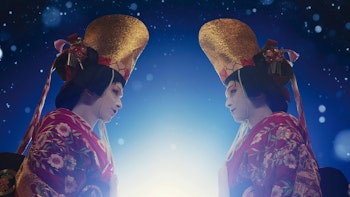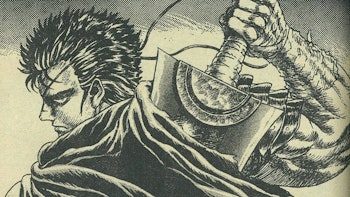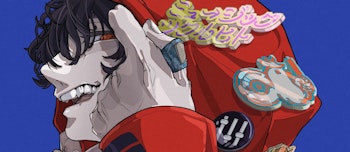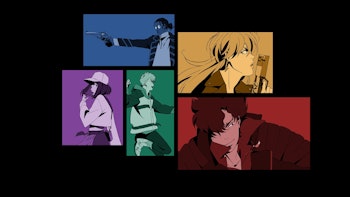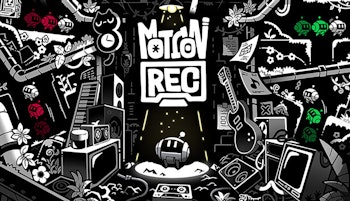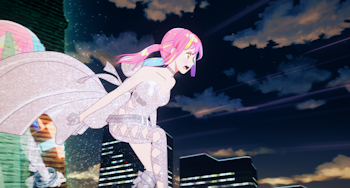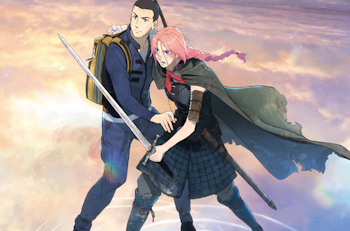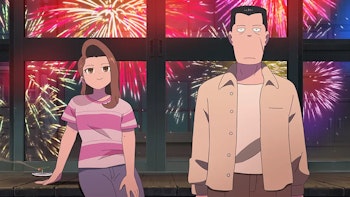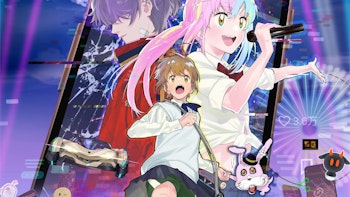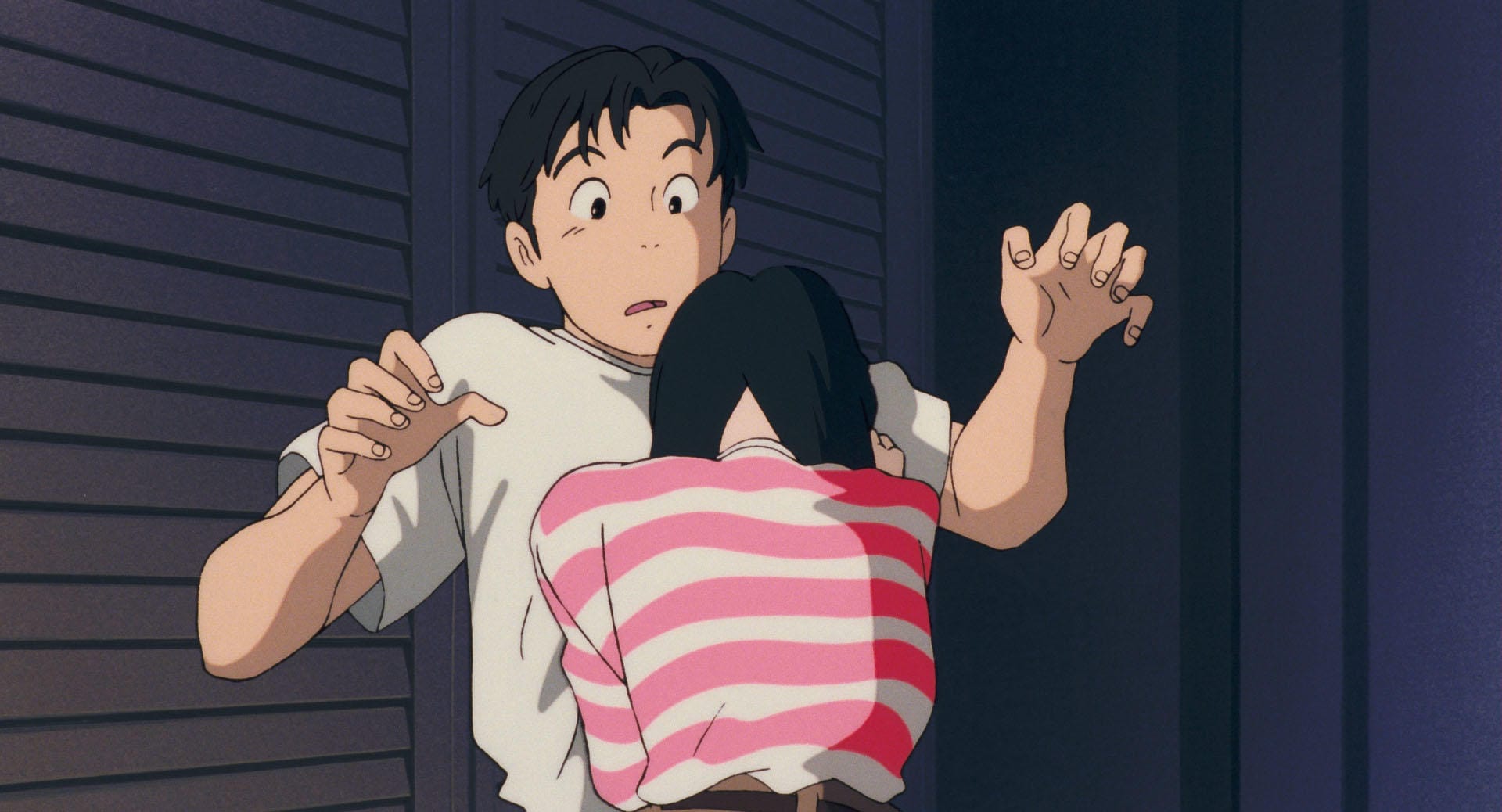
Last year, Le Cinema Bunkamura in Shibuya decided to start what was planned to be a short limited run of Studio Ghibli’s Ocean Waves. Which was notable, since unlike other Ghibli films this wasn’t a theatrical feature, instead a TV film produced by a younger team for Nippon TV. There was going to be a few talks from staff alongside general screenings, a pretty standard fare for limited classic film rereleases in Tokyo arthouse cinemas. What is unusual is that the release kept selling out, extending a one-brief run for over a month. When Filmarks announced a nationwide 3-week screening festival for the film, the result was replicated nationwide - one local cinema I typically attend was screening it three times per day, yet all screenings through the first weekend were entirely sold out by lunchtime on opening day.
For a film often dismissed amidst the lauded studio’s broader filmography, Ocean Waves is enjoying somewhat of a renaissance in interest and reappraisal in Japan, in many cases from fans who weren’t even born upon the film’s initial release. This was an experiment for Ghibli and, one could argue, a rare misstep in its day. Now, freed from the expectations and problems of its production, its themes and story are resonating, earning the film a reappraisal that places it amongst the rest of the Ghibli canon.
What instantly stands out about the film is how ordinary its characters and story are. Even compared to their other more grounded tales amidst their filmography like Grave of the Fireflies and Whisper of the Heart, the former’s backdrop of human suffering during global war and the latter’s more whimsical journeys inside the imagination and story of Shizuku give these films a far more elevated presence and scope by comparison to this film.
As an adaptation of Saeko Himuro’s serialized novel of the same name, Ocean Waves lacks any such gravitas. From its small-town Shikoku setting in Kochi to a story that can be condensed to unresolved romantic tension and ordinary disagreements between immature students in love or friendships is relatable in how unspectacular it is. You could have also experienced that sort of undefined relationship, regret, or nostalgic reminiscence of school days gone by.
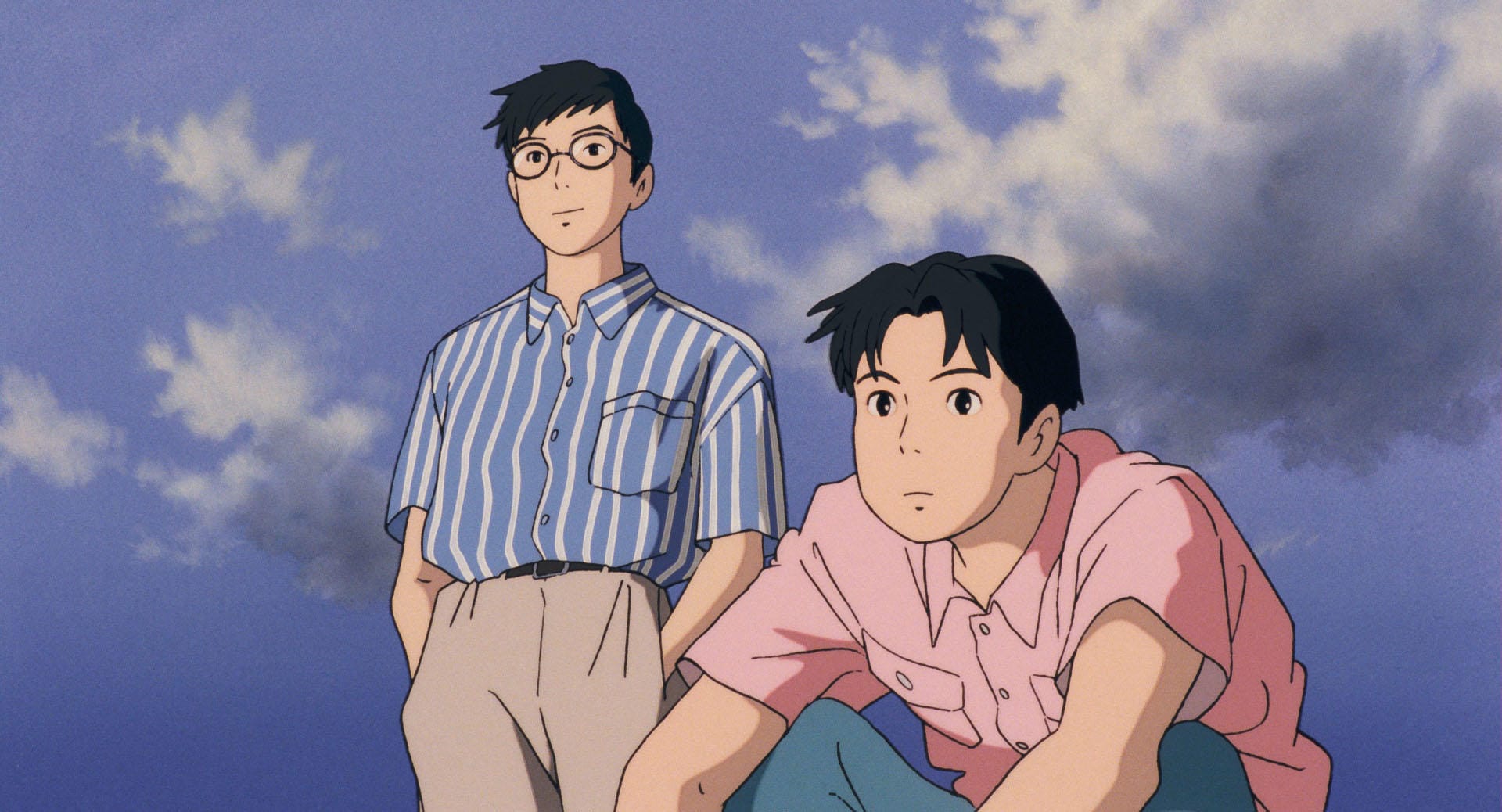
When Taku Morisaki receives a phone call from his friend to come see something at school, he finds his friend Yutaka Matsuno introducing him to Rikako Muto, an exchange student from Tokyo whose pretty but that he speculates didn’t necessarily want to move to this rural town. What follows is a series of vignettes from the last two years of their school life, with Taku interested in Rikako while she’s lying and deceiving ways to see her father in Tokyo by lying about why she wants to borrow money and acting in ways that strains both their relationship and the patience of their class. That being said, even in anger and in the regrets of years after, they can’t forget that love.
As an attempt to train younger talents, this was directed by a far different team within Ghibli as a short TV project on a lower budget and scale to their theatrical hits. Tomomi Mochizuki was just 34 years old when he became Ghibli’s first director not named Miyazaki or Takahata on the film on a team dominated with younger talents. It was planned to be a model for the future, a way for the company to test an approach to create smaller films with other people given higher responsibilities, but it wasn’t repeated after it went over time and budget. The film was generally well-received upon release, but was certainly overshadowed. In time, it was mostly overlooked even in Japan.
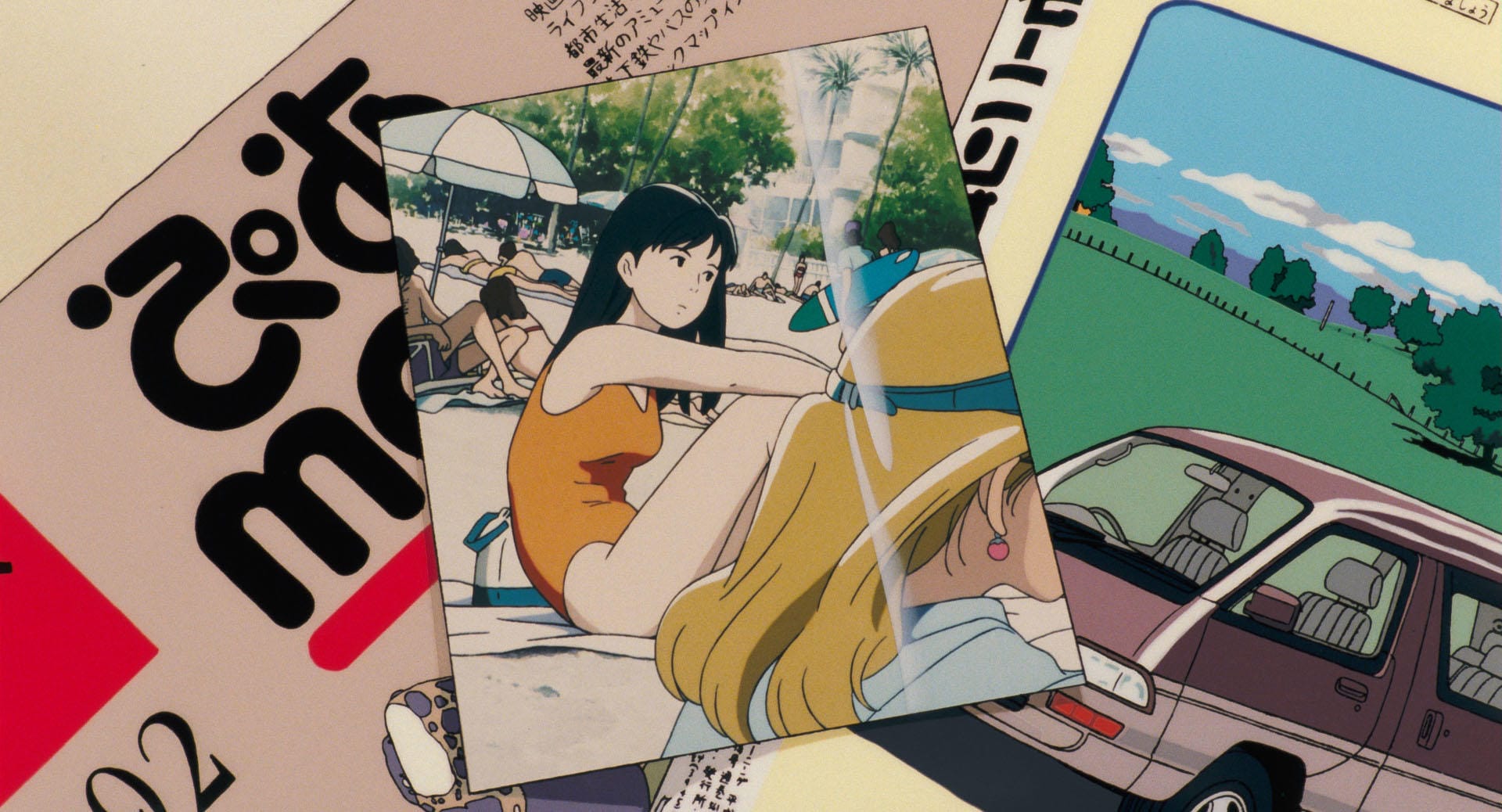
For the most part, unless you were a fan of that initial broadcast or deep into Ghibli’s filmography, you might not even know Ocean Waves existed. The Bunkamura release was a wake-up call for many, especially the younger generations who were coming of age after growing up on a diet of Ghibli hits. It was those audiences that primarily fueled the extended run, relating to the ordinary and realistic tonal shift of a film they weren’t familiar with from a studio they grew up. The melodrama of these lives contrasted with a Ghibli color palette but realistic locations through a nostalgic lens at a time they were finding a place for themselves in adult life resonated.
During a teach-in between the director, he recalled how unusual it was within anime generally at the time, never mind Ghibli to be so grounded. “It wasn’t as common to depict real locations with such detail in anime, and it was certainly my first time,” he recalled. He talked about interviewing the principal at the school the film is primarily set and taking lots of photos of the picturesque wide corridors and high ceilings. In creating it for an anime they omitted the university scenes from the book to focus on school, with the film’s recognizable opening and closing scenes on the train platform in Kichijoji an original way to round up the story.
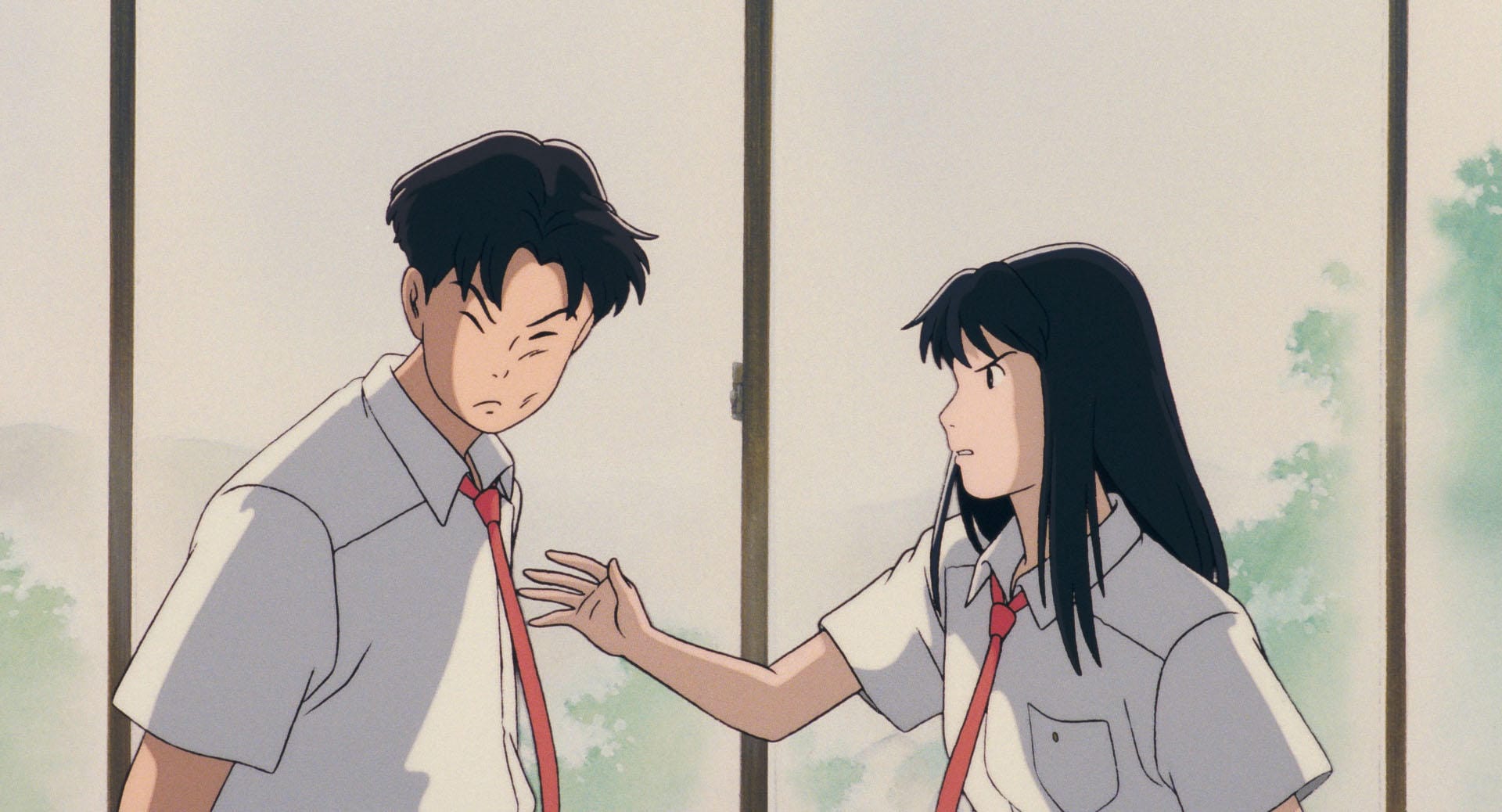
In closing comments, Mochizuki even noted the newfound love this run had brought to the film. “Today, there’s probably about 70% of people here who were not born at the time we produced the film. I’ll often hear from people saying ‘amidst Ghibli films I’ve never seen Ocean Waves’, or ‘even though I’ve seen every other Ghibli film I’ve not seen this one’. After 30 years I never thought I’d see a day like this,” he said, recalling the crowd in front of him.
Even after the run ended, interest remained. While the movie was included in Ghibli’s storyboard collection of books, the film otherwise received little merch and no other books diving into the film in the way other Ghibli films had enjoyed. For the first time, Ocean Waves received its first Visual Collection, a large glossy book collecting concept art, illustrations and paintings, production materials and more, and it sold well!
To mark this new release nationwide in cinemas, a pamphlet was produced based on promotional materials from the original release, alongside a new zine with essays by various creatives reminiscing on their relationship to the film. It included five essays in all from people like "First Kiss" composer Taisei Iwasaki to Yuka Eda, a movie director who, at 31, was just one years old when the film was first broadcast. Eda talks about how the film captured a unique feeling of her school years both in the ways the protagonists never are truly able to say how they feel or the way it reminded her of past relationships, while Iwasaki recalls the specific feelings seeing it in the second year of middle school on its initial broadcast.
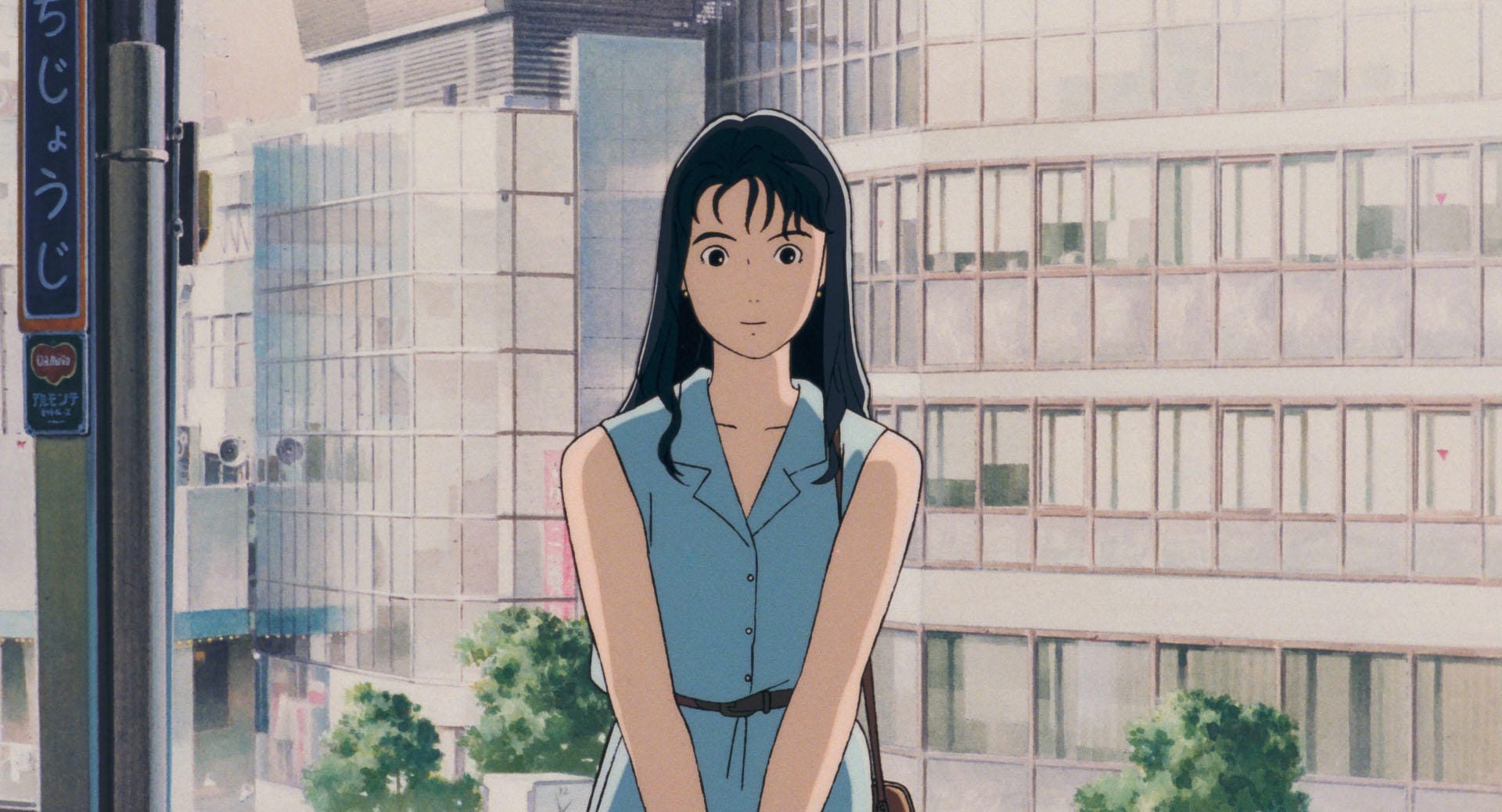
If anything captures why the film has earned its recent nationwide reappraisal, this is why. The Ghibli name means that, when people are made aware of it or are given the chance to see the film for themselves, they seek it out and relate to its very different tone and mood reflective of their own lives. From nostalgia for the timeless youth ephemerally captured in many Japanese film to the specific retro cel animation that itself is receiving newfound appreciation in recent years, it has a look and style that stands unique in Ghibli’s filmography. For those where the experiences of its characters are most fresh, it’s like their childhood moral barometer is tapping them on the shoulder and growing up with them, reassuring them by frankly depicting these relatable scenes with the same uncertainty they felt or are currently feeling. Those memories are important.
Amidst Studio Ghibli’s vast body of work, from its production, final look, story and more, there’s nothing like Ocean Waves. Following Takahata’s passing with Miyazaki reaching the end of his career and the future of Ghibli uncertain, a look back on the studio has breathed new life into the film. And not a moment too soon.

